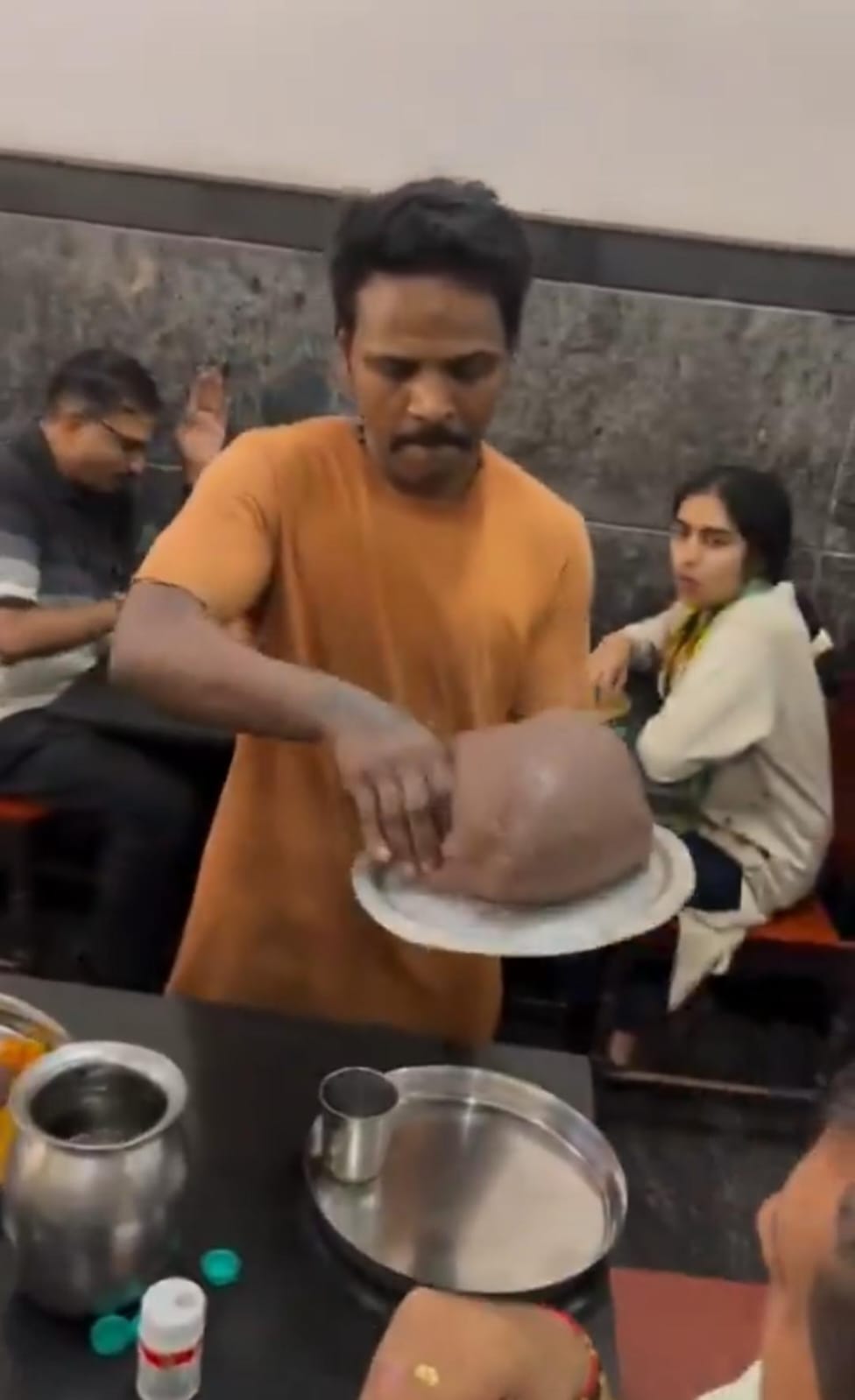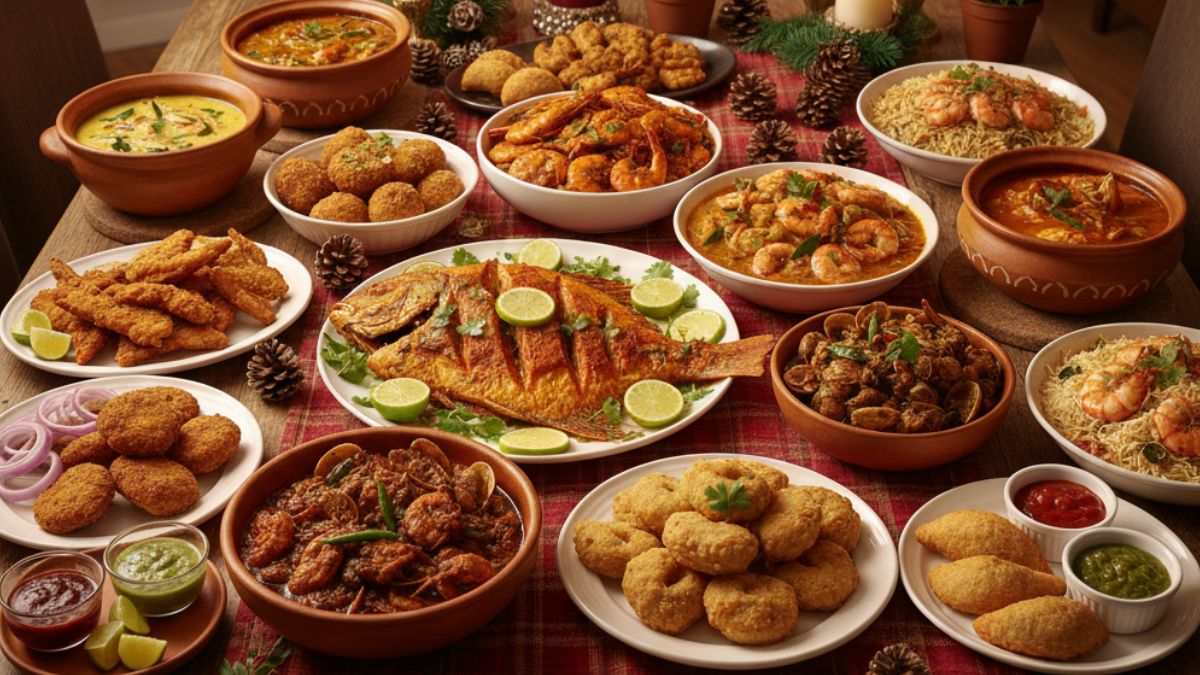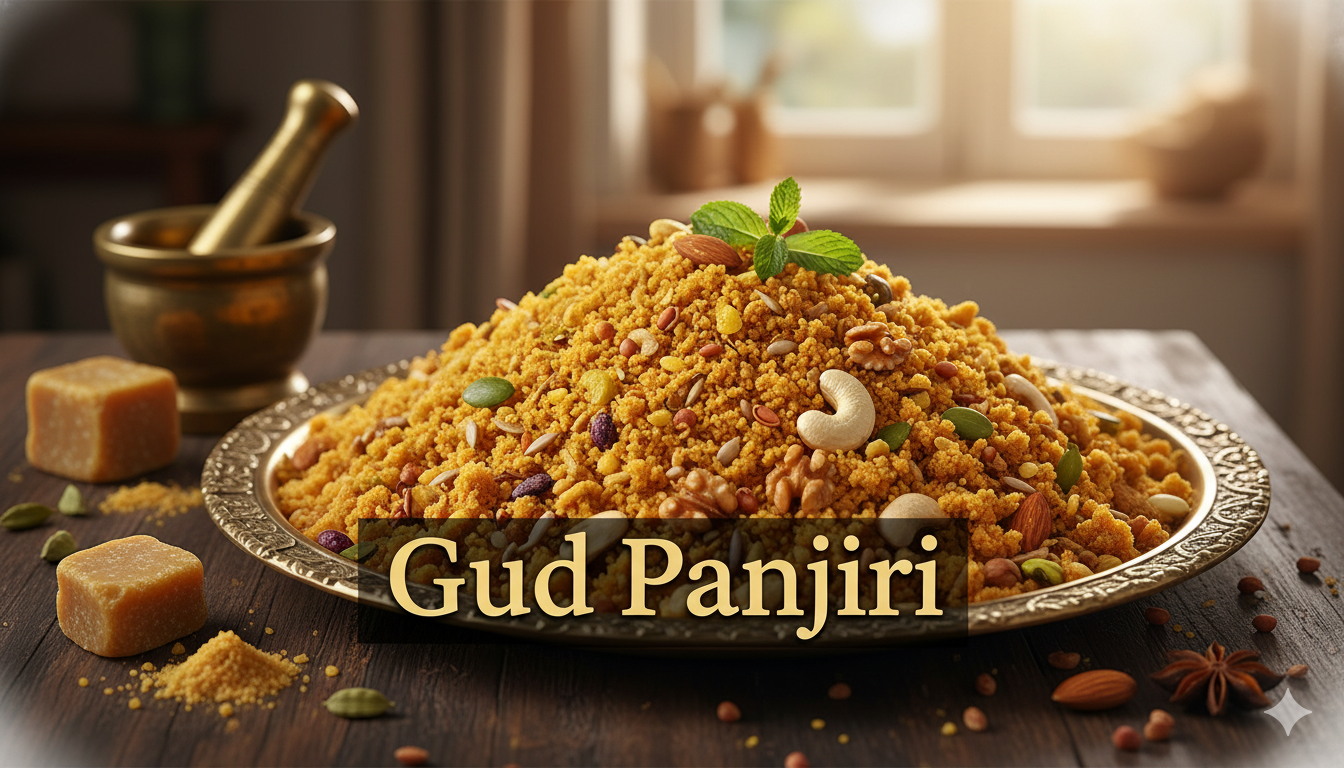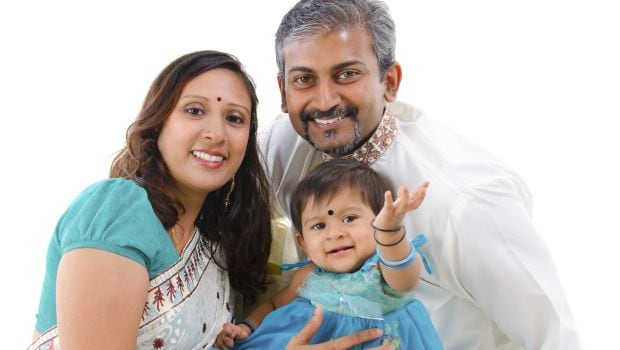We are all aware of the fact that newborns need utmost care and attention during their early months. They must be safeguarded and protected from contracting infection and fed with only mother's breast milk. One of the most significant moments in an infant’s life is when he or she transitions from liquids to solid food. This phase or the start of having solid food is celebrated widely across the Hindu community with a scared ceremony called Annaprashana. Regarded as one of the most important rituals, Annaprashana is a Sanskrit word which translates into ‘food feeding’, and since it is the first time that a child consumes food in solid form it is celebrated with a lot of joy by the whole family, relatives and friends. The ceremony is especially popular in the Bengali community, and the Malayali community where it is known as Chorunaal while in Gharwal they celebrate the ritual as Bhaatkhulai.What is the significance of this ancient tradition?The ceremony dates back to the Vedic period. According to some historians, the ceremony is also practiced in the Iranian culture and also among the Parsis. 
Amongst Bengalis,Annaprashana also known as ‘Mukhe Bhaat’ is held for infants when they are ready to make their shift from liquids to solids which is between the age of six to 9 months. For boys, the ceremony is held on even months (sixth or eighth), and for girls the auspicious date is considered to fall on an odd month. If the child is weak to make this transition, the ceremony can be performed later. According to the Hindu scriptures, the Annaprashana ceremony must not be performed for a child younger than 4 months or even after the completion of his first year.
The scale of the ceremony differs from family to family. Some prefer to have an intimate affair while others may perform it at a temple. The first offering is made to the gods and goddesses. People pray for the health, success and longevity of the child and give him or her blessings before they are given food. The child is clad in beautiful new traditional clothes- usually a dhoti-kurta for boys or a red Benarsi sari for girls. They are seated on the lap of their maternal uncle (mama bhaat) who feeds them the first bite of the solid meal. Oil lamps are lit along with incense sticks to purify the air. After the first servings, the other members of the family feed the child a spoonful of the food and shower him with blessings and presents. The meal is usually served on a silver plate and fed with a silver spoon. The festive favourite Payesh is the star dish of the feast along with other foods like rice, fish and a bowl of vegetables and jaggery . A priest is called to perform a poojas and recite prayers for a healthy and auspicious start to the child’s new phase.

Fun games and rituals ensue afterwards. Certain objects like pen, books, some food, soil, and gold are placed in front of the baby each object representing the baby’s future. The baby is then encouraged to pick an object and whatever he chooses is seen to symbolize his future prospects. • The pen symbolizes wisdom
• Books symbolize vast knowledge
• Food represents the child’s love towards food and feeding people
• Clay or soil represents his good luck with property in futureThe customs of Choroonal are not very different. An auspicious date is picked and the ceremony is usually held when the child is six months old. In Kerala, many parents consider it auspicious to perform the ceremony in the famous Gurvayoor temple. The baby is dressed in traditional attire and is seated on his parent's lap. Chandanam (sandalwood paste) is applied on the child’s forehead. An interesting spread of food is laid on a banana leaf in front of the child. Dishes like sweet payasam, rice, curd, salt, jaggery and banana are served for the baby’s first solid feast. The father of the baby is asked to then dip a gold ring in all the food items placed on the leaf and then, touch the tongue of the child with that ring. The mother and other elders of the family follow the same ritual. The ceremony of Choroonal is usually concluded with Thulabharam in which the child is weighed against an offering to be presented to the lord.Although this ceremony has been practiced for many years, there are some precautions that parents must take to ensure good health of their child. Try to consult a pediatrician before to confirm the foods that can be safely introduced to the child at that particular age. Ensure that the food is prepared in hygienic conditions and under your supervision. Feeding them more than two to three teaspoons of food which they are trying for the first time can upset their delicate tummies. Make sure the baby is well rested before the ceremony.
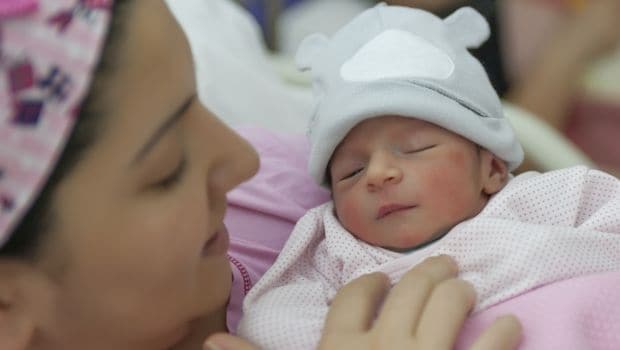
Amongst Bengalis,Annaprashana also known as ‘Mukhe Bhaat’ is held for infants when they are ready to make their shift from liquids to solids which is between the age of six to 9 months. For boys, the ceremony is held on even months (sixth or eighth), and for girls the auspicious date is considered to fall on an odd month. If the child is weak to make this transition, the ceremony can be performed later. According to the Hindu scriptures, the Annaprashana ceremony must not be performed for a child younger than 4 months or even after the completion of his first year.
The scale of the ceremony differs from family to family. Some prefer to have an intimate affair while others may perform it at a temple. The first offering is made to the gods and goddesses. People pray for the health, success and longevity of the child and give him or her blessings before they are given food. The child is clad in beautiful new traditional clothes- usually a dhoti-kurta for boys or a red Benarsi sari for girls. They are seated on the lap of their maternal uncle (mama bhaat) who feeds them the first bite of the solid meal. Oil lamps are lit along with incense sticks to purify the air. After the first servings, the other members of the family feed the child a spoonful of the food and shower him with blessings and presents. The meal is usually served on a silver plate and fed with a silver spoon. The festive favourite Payesh is the star dish of the feast along with other foods like rice, fish and a bowl of vegetables and jaggery . A priest is called to perform a poojas and recite prayers for a healthy and auspicious start to the child’s new phase.

Fun games and rituals ensue afterwards. Certain objects like pen, books, some food, soil, and gold are placed in front of the baby each object representing the baby’s future. The baby is then encouraged to pick an object and whatever he chooses is seen to symbolize his future prospects. • The pen symbolizes wisdom
• Books symbolize vast knowledge
• Food represents the child’s love towards food and feeding people
• Clay or soil represents his good luck with property in futureThe customs of Choroonal are not very different. An auspicious date is picked and the ceremony is usually held when the child is six months old. In Kerala, many parents consider it auspicious to perform the ceremony in the famous Gurvayoor temple. The baby is dressed in traditional attire and is seated on his parent's lap. Chandanam (sandalwood paste) is applied on the child’s forehead. An interesting spread of food is laid on a banana leaf in front of the child. Dishes like sweet payasam, rice, curd, salt, jaggery and banana are served for the baby’s first solid feast. The father of the baby is asked to then dip a gold ring in all the food items placed on the leaf and then, touch the tongue of the child with that ring. The mother and other elders of the family follow the same ritual. The ceremony of Choroonal is usually concluded with Thulabharam in which the child is weighed against an offering to be presented to the lord.Although this ceremony has been practiced for many years, there are some precautions that parents must take to ensure good health of their child. Try to consult a pediatrician before to confirm the foods that can be safely introduced to the child at that particular age. Ensure that the food is prepared in hygienic conditions and under your supervision. Feeding them more than two to three teaspoons of food which they are trying for the first time can upset their delicate tummies. Make sure the baby is well rested before the ceremony.
Advertisement
About Sushmita SenguptaSharing a strong penchant for food, Sushmita loves all things good, cheesy and greasy. Her other favourite pastime activities other than discussing food includes, reading, watching movies and binge-watching TV shows.

